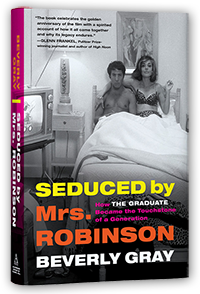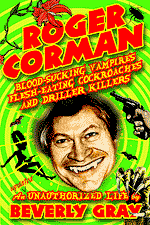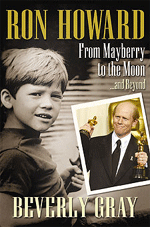Many decades ago I was
thrilled to interview film director George Cukor at his home (some called it a
villa) in the hills above the Sunset Strip. He was then 80 years old, with a
long string of hits behind him. After four previous nominations he’d finally
won an Oscar for his lavish, charming screen adaptation of My Fair Lady. Late
in life, he’d discovered the challenges of television, and had just finished
directing close friend Katharine Hepburn in The Corn is Green. When we
spoke, largely about his views on old Hollywood and its star system, he was
unfailingly candid and witty. As he said to end our chat, “Don’t you think
we’ve talked an awful lot? I think I’ve done it thin. And I sparkled!”
Back in 1978, I’d seen many Cukor films in theatres and on television, but DVDs and streaming services did not yet exist. So I went into my quickly-arranged interview without an in-depth knowledge of Cukor’s career as a whole. Happily, I now possess a fascinating new book, George Cukor’s People: Acting for a Master Director, which puts Cukor’s fifty years in Hollywood into perspective. Its author is Joseph McBride, whose credentials make him the perfect choice to see Cukor whole. Joe has been, in the course of his own long career, a film journalist and a screenwriter. (Like me, he has a Roger Corman connection, and is credited with writing Rock n’ Roll High School.) He was also a novice but dedicated actor in Orson Welles’ last film, The Other Side of the Wind. He has taught film studies at San Francisco State for decades, and his twenty-plus books include much-admired studies of Hollywood directors John Ford, Frank Capra, and Billy Wilder. I haven’t read each and every McBride book, but I’m convinced George Cukor’s People is one of his very best.
McBride avoided writing about Cukor for many years, because he wasn’t sure how to approach the career of a man whose films covered such a wide range of styles and subjects. Recognizing that Cukor’s close work with actors was the key to his success, McBride has now chosen to zero in on the way he handled his stars, drawing out brilliant performances from luminaries ranging from John Barrymore (in Dinner at Eight) to Greta Garbo (in Camille) to Maggie Smith (Travels with My Aunt). He also identifies Cukor’s favorite subjects: dreamers, outsiders, the legend of Pygmalion creating (and then falling in love with) Galatea, and life as a performance.
Of the book’s 28 chapters, I was perhaps most taken with McBride’s sensitive analysis of Cukor’s contributions in Gone With the Wind before he was fired by David O. Selznick, and with his appreciation for the brilliant Technicolor work in 1954’s A Star is Born, despite the film’s mangling by studio execs. His close analysis of Ingrid Bergman’s Oscar-winning performance in Gaslight (he told her to visit a mental institution and study the patients) is memorable as well. And he ends with a tender paean to a TV film I too love: the teaming of a late-in-life Katharine Hepburn and Laurence Olivier in 1975’s scintillating but sweet Love Among the Ruins.
What makes McBride’s work so memorable is that he combines the erudition of a scholar and the savvy of an insider with the soul of a poet who loves movies. Here’s his take on Love Among the Ruins: it “serves as one of the purest expressions of Cukor’s career-long dedication to the transcendent power of the dreamer and the role of the theatre in heightening and improving upon reality.” Beautifully said.








No comments:
Post a Comment